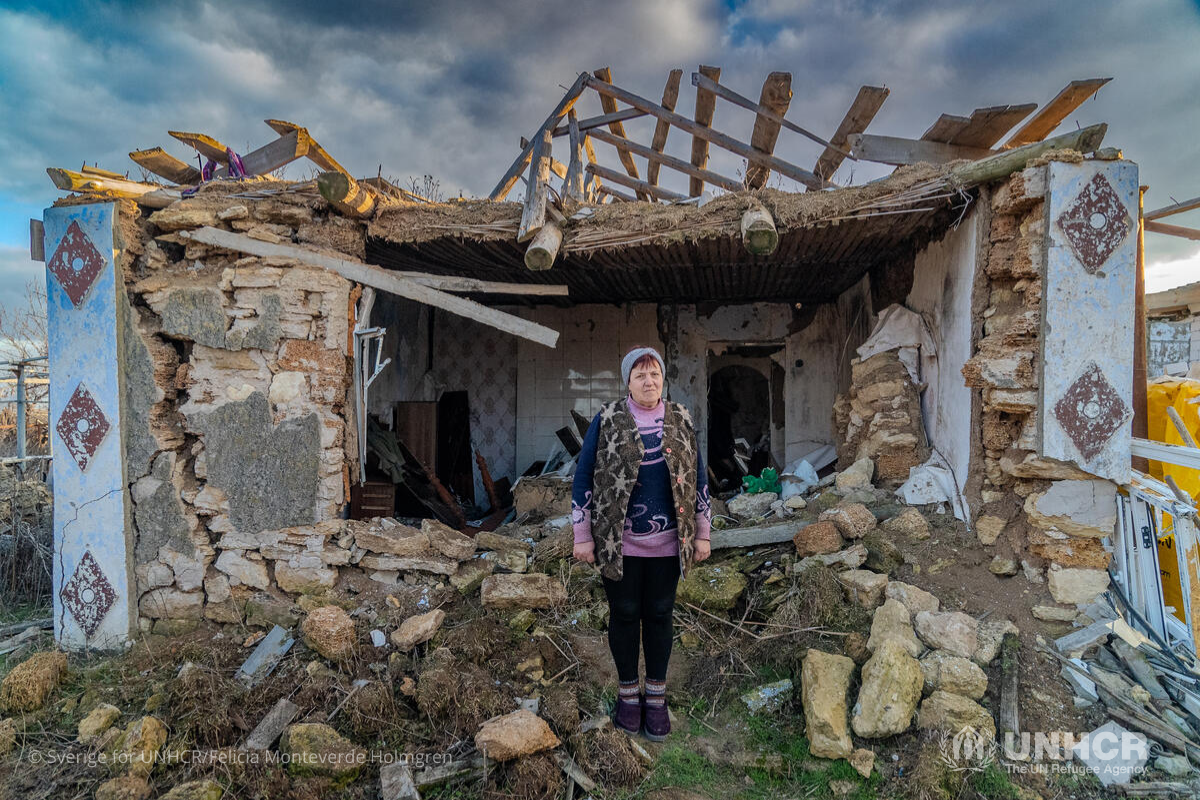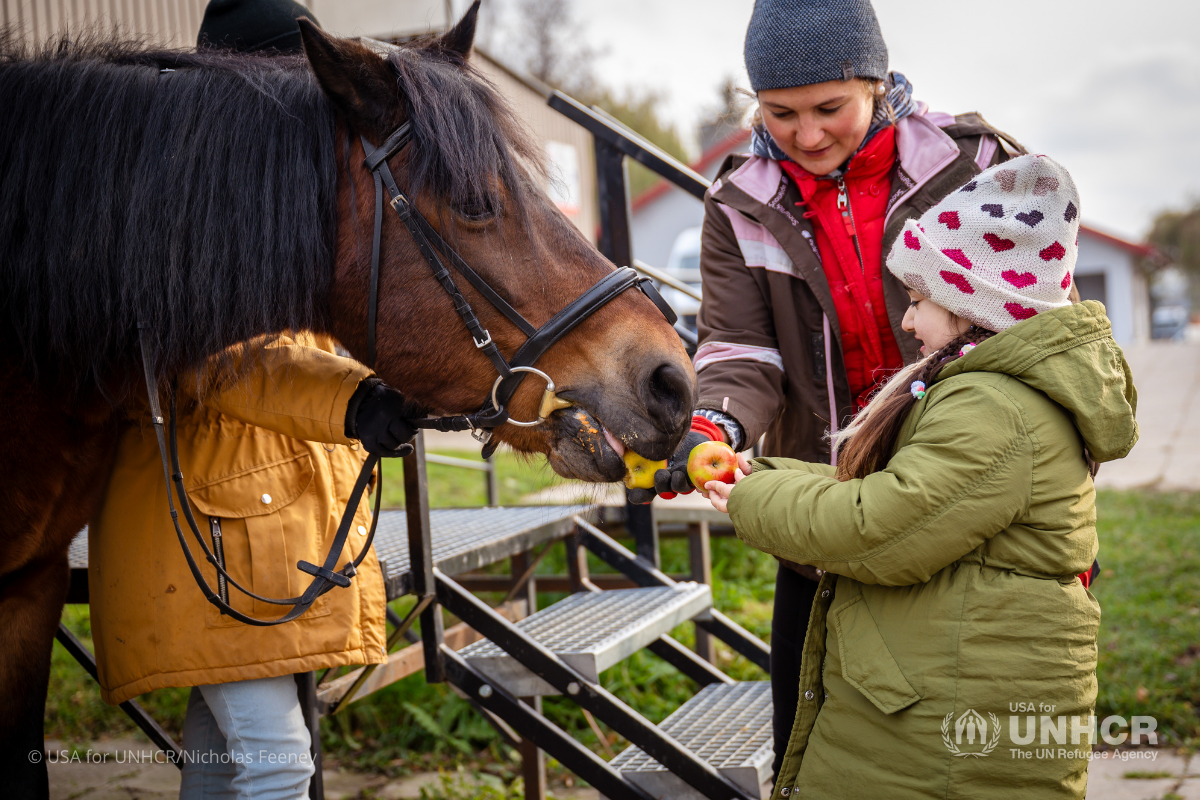Yemen Crisis Explained
 After nine years of war, Yemen remains one of the world’s worst humanitarian crises. An estimated 4.5 million people—14 percent of the population—are currently displaced, most of whom have been displaced multiple times over a number of years. Two-thirds of the population of Yemen—21.6 million people are in dire need of humanitarian assistance and protection services. The risk of a large-scale famine in the country has never been more acute. Tens of thousands are already living in famine-like conditions, with a staggering six million more just one step away from it.
After nine years of war, Yemen remains one of the world’s worst humanitarian crises. An estimated 4.5 million people—14 percent of the population—are currently displaced, most of whom have been displaced multiple times over a number of years. Two-thirds of the population of Yemen—21.6 million people are in dire need of humanitarian assistance and protection services. The risk of a large-scale famine in the country has never been more acute. Tens of thousands are already living in famine-like conditions, with a staggering six million more just one step away from it.
Here's What You Need to Know:
1. When did the crisis in Yemen begin?
2. Where are Yemenis fleeing to?
3. What are some of the biggest challenges facing people in Yemen?
4. How are Yemeni women and children being impacted by the conflict?
5. What is the UN Refugee Agency doing to help in Yemen?
When did the crisis in Yemen begin?
Yemen’s civil war began in 2015 as a result of clashes between Yemeni government forces and the Houthis - also known as Ansar Allah. Over the past nine years, conflict and economic decline have taken a heavy toll on civilians, forcing millions to flee their homes and leaving two-thirds of the population in dire need of humanitarian assistance. Even before the current crisis, Yemen was the most vulnerable country in the Middle East. It regularly ranked among the world’s worst in malnutrition rates with half of its population living in poverty and without access to safe water.

Where are Yemenis fleeing to?
An estimated 4.5 million people from Yemen continue to be internally displaced. Many of them have been displaced multiple times since 2015, placing Yemen in the top six internal displacement crises globally. Many of the internally displaced have been living in exile for years, straining their meager resources and facing increasingly harsh conditions. Many IDPs in Yemen live in flood-prone areas or dangerous locations, characterized by widespread food insecurity and lack of water, healthcare and sanitation services.
Despite the conflict, Yemen hosts more than 97,000 refugees and asylum seekers, primarily from Somalia and Ethiopia, making it the world’s third largest host of Somali refugees.
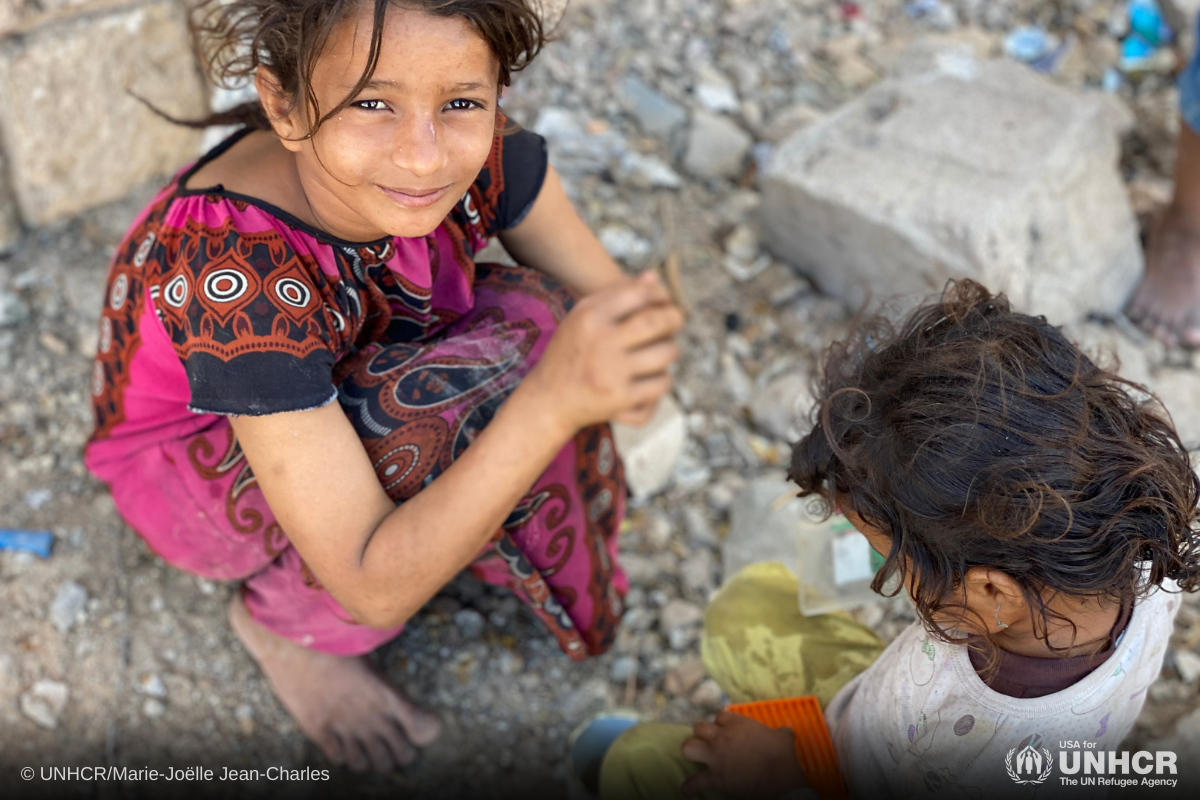
What are some of the biggest challenges people face in Yemen?
The risk of a large-scale famine, violence, collapsing services and protracted displacement are the biggest challenges in Yemen. Natural disasters and climate-induced events, such as
drought and flooding, are also key drivers of displacement and have heightened existing needs. Nine years of protracted conflict have pushed the country to the brink of economic collapse, shrinking the economy by more than half since the beginning of the conflict. 21.6 million people in Yemen are now in need of humanitarian assistance and protection services.
The war in Ukraine has increased global food and fuel prices, disrupting supply chains of staple foods and basic goods. Yemen, which is currently experiencing unprecedented levels of hunger, is being impacted by the war as prices for wheat and grain soar. Despite ongoing humanitarian assistance, 17.3 million Yemenis suffer from high levels of acute food insecurity, including six million people who are on the brink of famine.
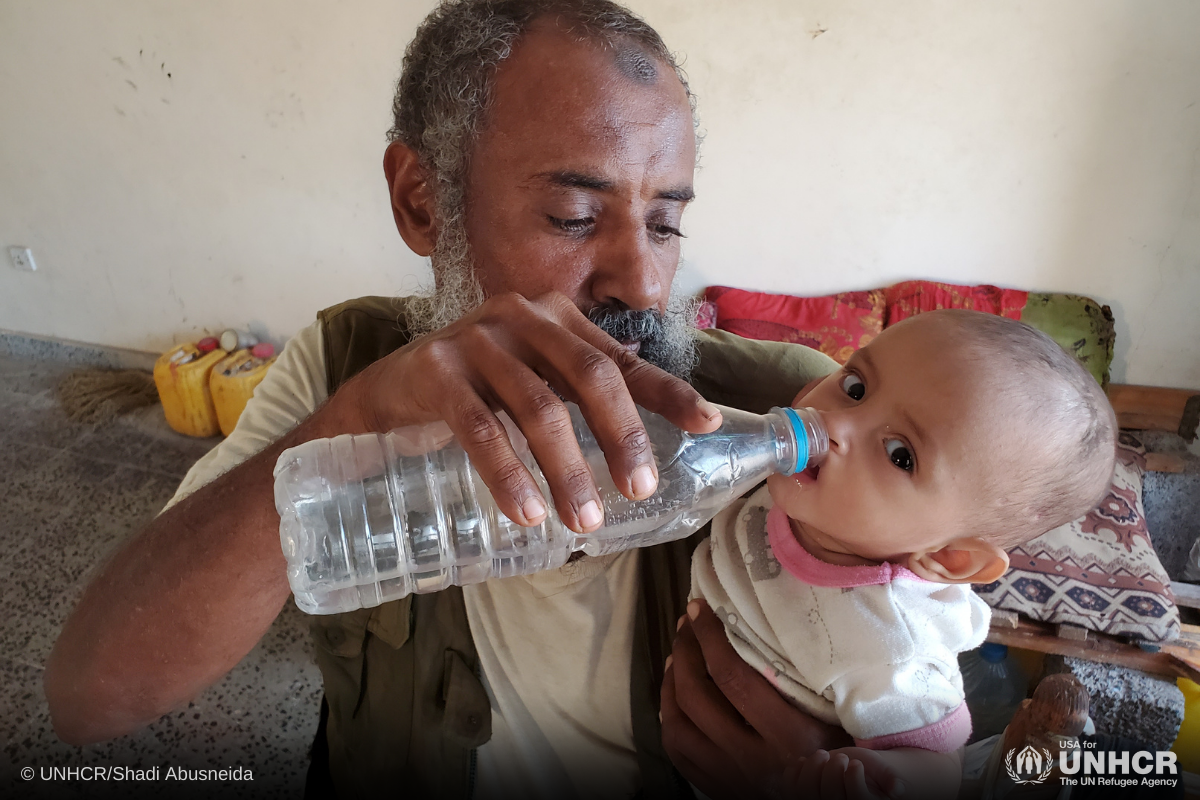
How are Yemeni women and children being impacted by the conflict?
Women and children are bearing the brunt of the crisis. More than three quarters of all displaced people in Yemen are women and children, and at least 26 percent of displaced households are female-headed — 20 percent of whom are under the age of 18.
Women and girls are forced to take on the responsibility to sustain their families while facing inequality, limited access to services and multiple barriers due to entrenched sociocultural norms. With rampant inflation and few livelihood opportunities, many can no longer afford basic meals and are facing heightened risks of starvation, gender-based violence, exploitation and early marriage.
Malnutrition rates among women and children in Yemen remain among the highest in the world, with 1.3 million pregnant or breastfeeding women requiring treatment for acute malnutrition.
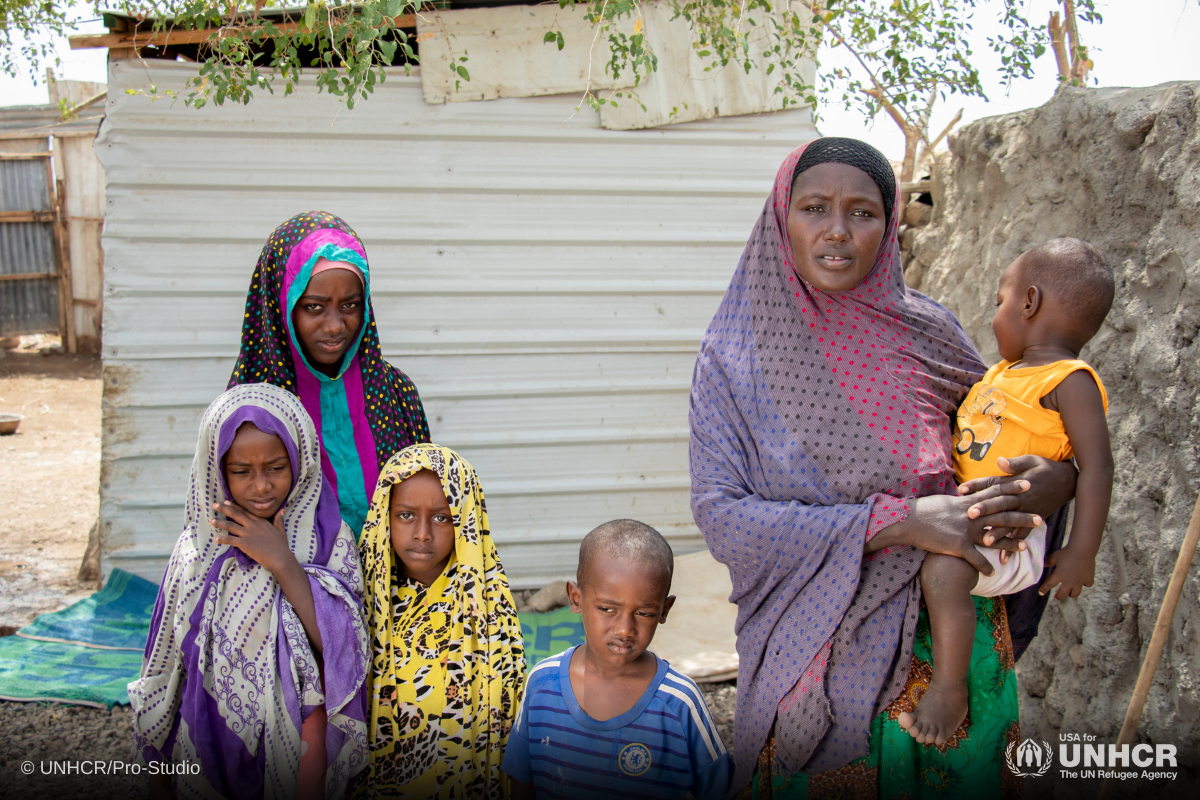
Meanwhile, Yemeni children continue to be killed and injured because of the conflict and are dying at increasingly high rates due to preventable diseases and malnutrition. Today, 2.2 million children under the age of 5 in Yemen require treatment for acute malnutrition. More than 2.5 million children are out or not attending school, and 8.6 million school-aged children need education assistance.
What is the UN Refugee Agency doing to help in Yemen?
UNHCR, the UN Refugee Agency, provides lifesaving aid to displaced Yemenis, as well as to refugees and asylum-seekers across the country, reaching people in need in all 20 governorates affected by the conflict. UNHCR provides shelter kits, mats and plastic sheets to help families repair homes that have been damaged in the conflict and supports health facilities that serve refugees, asylum-seekers and Yemenis affected by violence. Health priorities include preventing and controlling the spread of cholera.
UNHCR also provides cash assistance for displaced people to cover their most urgent needs such as food and medicine, emergency shelter, and core relief items such as mattresses, blankets, sleeping mats, kitchen sets, solar lamps and more to help those displaced and most vulnerable.
UNHCR provides legal assistance and psycho-social support to help those affected by the war, along with a wide range of protection services such as prevention of gender-based violence and specific interventions focusing on women and children.
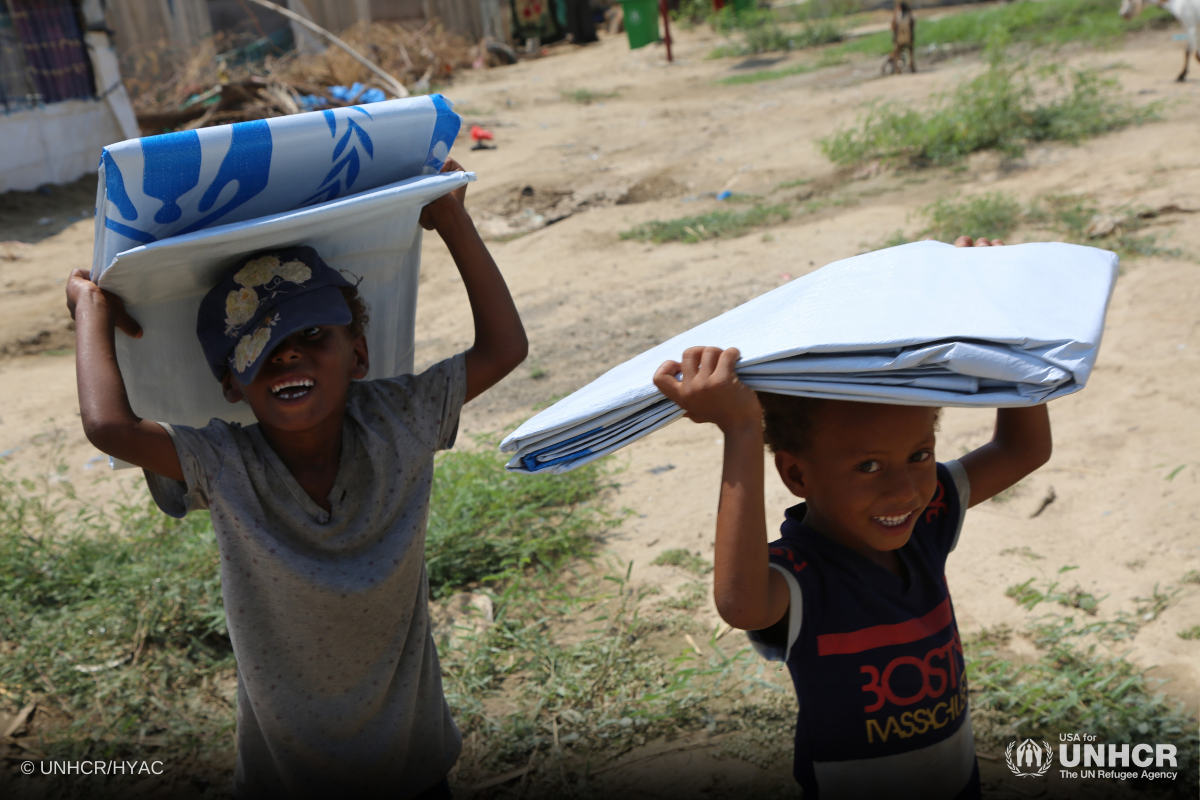
Help people in the world's worst humanitarian crisis...
Monthly giving is the most convenient, effective and efficient way you can help people fleeing conflict. Start making a lifesaving difference today. Please become USA for UNHCR’s newest monthly donor.
